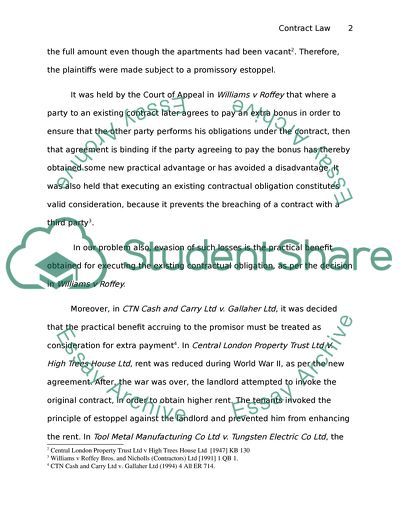Cite this document
(“Contract Law Part 1 Essay Example | Topics and Well Written Essays - 2500 words”, n.d.)
Retrieved from https://studentshare.org/miscellaneous/1555105-contract-law-part-1
Retrieved from https://studentshare.org/miscellaneous/1555105-contract-law-part-1
(Contract Law Part 1 Essay Example | Topics and Well Written Essays - 2500 Words)
https://studentshare.org/miscellaneous/1555105-contract-law-part-1.
https://studentshare.org/miscellaneous/1555105-contract-law-part-1.
“Contract Law Part 1 Essay Example | Topics and Well Written Essays - 2500 Words”, n.d. https://studentshare.org/miscellaneous/1555105-contract-law-part-1.


